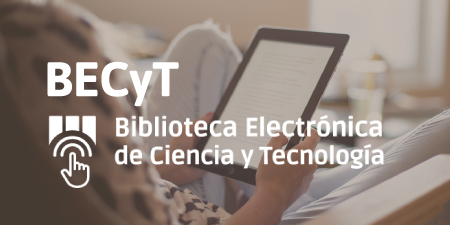Mostrar el registro sencillo del ítem
Halogen bonding. The role of the polarizability of the electron-pair donor
| dc.contributor.author | Duarte, Darío J. R. | |
| dc.contributor.author | Sosa, Gladis Laura | |
| dc.contributor.author | Peruchena, Nélida María | |
| dc.contributor.author | Alkorta, Ibon | |
| dc.date.accessioned | 2021-05-11T19:11:34Z | |
| dc.date.available | 2021-05-11T19:11:34Z | |
| dc.date.issued | 2016 | |
| dc.identifier.citation | Duarte, Darío J. R., et al., 2016. Halogen bonding. The role of the polarizability of the electron-pair donor. Physical Chemistry Chemical Physics. Cambridge: Royal Society of Chemistry, vol. 18, no. 10, p. 7300-7309. ISSN 1463-9076. | es |
| dc.identifier.issn | 1463-9076 | es |
| dc.identifier.uri | http://repositorio.unne.edu.ar/handle/123456789/27914 | |
| dc.description.abstract | The nature of F–Br X–R interactions (with X = F, Cl, Br, I and R = –H, –F) has been investigated through theoretical calculation of molecular potential electrostatic (MEP), molecular polarizability, atoms in molecules (AIM) analysis and energetic decomposition analysis (EDA). A detailed analysis of the MEPs reveals that considering only the static electrostatic interactions is not sufficient to explain the nature of these interactions. The molecular polarizabilities of X–R molecules suggest that the deformation capacity of the electronic cloud of the lone pairs of the X atom plays an important role in the stability of these complexes. The topological analysis of the L(r) = 14 r2r(r) function and the detailed analysis of the atomic quadrupole moments reveal that the Br X interactions are electrostatic in nature. The electron acceptor Br atom causes a polarization of the electronic cloud (electronic induction) on the valence shell of the X atom. Finally, the electrostatic forces and charge transfer play an important role not only in the stabilization of the complex, but also in the determination of the molecular geometry of equilibrium. The dispersive and polarization forces do not influence the equilibrium molecular geometry. | es |
| dc.format | application/pdf | es |
| dc.language.iso | eng | es |
| dc.publisher | Royal Society of Chemistry | es |
| dc.rights | openAccess | es |
| dc.rights.uri | http://creativecommons.org/licenses/by-nc-nd/2.5/ar/ | es |
| dc.source | Physical Chemistry Chemical Physics, 2016, vol. 18, no. 10, p. 7300-7309. | es |
| dc.subject | Halogen bond | es |
| dc.subject | Qtaim | es |
| dc.subject | Laplacian | es |
| dc.title | Halogen bonding. The role of the polarizability of the electron-pair donor | es |
| dc.type | Artículo | es |
| unne.affiliation | Fil: Duarte, Darío J. R. Universidad Nacional del Nordeste. Facultad de Ciencias Exactas y Naturales y Agrimensura; Argentina. | es |
| unne.affiliation | Fil: Sosa, Gladis Laura. Universidad Tecnológica Nacional. Facultad Regional Resistencia; Argentina. | es |
| unne.affiliation | Fil: Peruchena, Nélida María. Universidad Nacional del Nordeste. Facultad de Ciencias Exactas y Naturales y Agrimensura; Argentina. | es |
| unne.affiliation | Fil: Alkorta, Ibon. Consejo Superior de Investigaciones Científicas. Instituto de Química Médica; España. | es |
| unne.journal.pais | Reino Unido | es |
| unne.journal.ciudad | Cambridge | es |
Ficheros en el ítem
Este ítem aparece en la(s) siguiente(s) colección(ones)
-
Artículos de revista [673]





